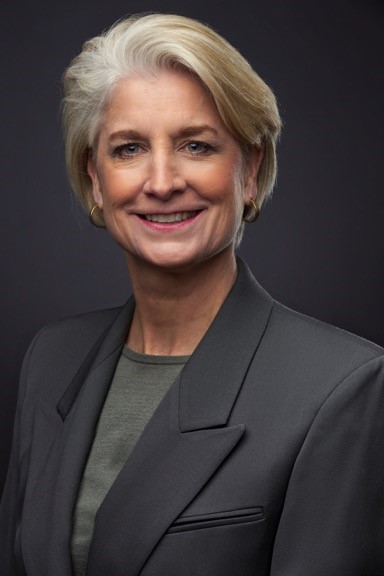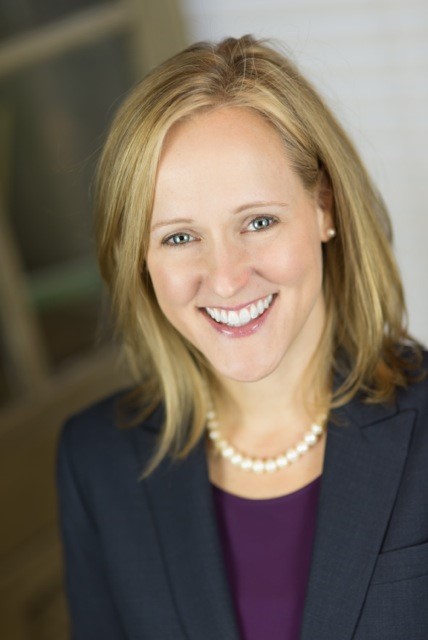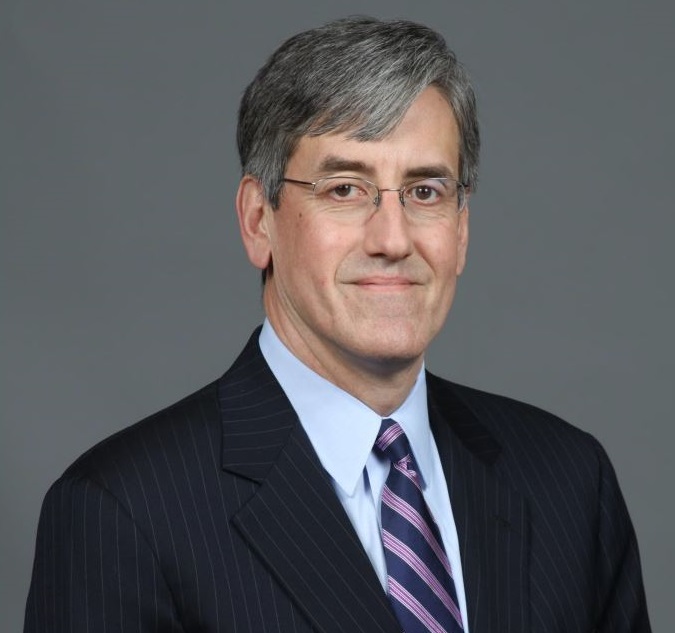Which recordkeepers dominate the 401(k) market?
|That depends on the segment of the market being serviced,according to the Investment Company Institute andBrightScope’s dissection of the plan providers.
|When accounting for 401(k) plans of all sizes, insurancecompanies with built-in recordkeeping businesses have the mostbusiness relative the competition.
|In 2012, they served as recordkeepers to 41.2 percent of all401(k) plans. Asset managers serviced 31.2 percent of all plans,“pure” recordkeepers serviced 13.3 percent, while banks served 7.9percent and brokers served 6.4 percent of the market.
|But that balance shifts when looking at different segments ofthe market. While insurance companies account for more than 50percent of plans with less than $10 million in assets, insurersonly account for 7.9 percent of mega plans—those with more than $1billion in assets.
|Asset managers—think Vanguard and Fidelity—dominate the megamarket, servicing 52.1 percent of all plans with more than $1billion. They also hold 58.4 percent of the $500 million to $1billion market, and 57.4 percent of the $250 million to $500million market.
|Banks with recordkeeping units—think Wells Fargo or Bank ofAmerica Merrill Lynch—compete best in the midsize market, accordingto 2012 data.
|Banks’ biggest segment was the $50 million to $100 millionmarket, in which they served 13.3 percent of the market.
|Brokerage firm recordkeepers seem to get more competitive asplans get bigger. They only held 4.8 percent of the $1 million to$10 million market—the least of any category of record keeper inthat segment.
|But they accounted for 12.9 percent of the $500 million to $1billion market, and 10.7 percent of plans with more than $1 billionin assets.
|Asset managers’ dominance of the mega market translates to theirlead when measuring for the percentage of participants andpercentage of assets serviced.
|Read: Year in Review: Empower, Fidelity, Voyaexecs
|Of the 35,000 plans ICI and BrightScope analyzed, asset managersserviced 45.4 percent of all participants, and 51.8 percent of allplan assets.
|Read: Year in Review: Charles Schwab, T. RowePrice, Wells Fargo execs
|In this installment of service providers’ perspective on theyear that was and the one to come, BenefitsPro takes the measure ofan insurer, a bank, and one benefits consultancy with arecordkeeping business.
||
Nora Everett, President of Retirement andIncome Solutions, The Principal Financial Group
|The Principal Financial Group administers $147 billion in DCassets for 4.3 million participants in 34,700 plans
|What was the biggest development in 2015 from yourperspective?
|Everett: I think we’ve made tremendous stridesas an industry around educating Americans about the importance ofretirement readiness and in workingwith advisors and plan sponsors to implement auto features inretirement plans—this year showed continued momentum.
|We understand that people continue to struggle in striking theright balance between meeting the demands on their money today andsetting aside enough money for the future.
|We also believe that complexity and inertia are two of ourgreatest challenges in helping more Americans take action. Theyneed clarity and simplicity to be able to save enough forretirement and have enough in retirement.
|More and more advisors and plans sponsors are realizing that inorder to have a successful plan, the right kind of plan design isessential. Not that there isn’t a place for education. Thereis.
|But plans incorporating automatic features are moving the needlein material and lasting way.
|When our plan-sponsor clients are automatically enrolling theiremployees, 91 percent of them stay enrolled in the plan.
|And if the plan also includes an auto-escalation feature, 86percent of participants keep that escalation level. In the lastfive years, the number of our clients incorporating auto-enroll hastripled.
|And this year specifically, we’ve seen our larger clientsexploring an auto escalate of 2 percent per year (rather than thetypical 1 percent per year).
|This is how we successfully combat that ever-presentinertia.
||What developments do you expect for the definedcontribution space in 2016?
|Everett, The Principal Financial Group: Thereare a lot of things happening in Washington, D.C., that couldmaterialize in 2016.
|Of course the outcome of the Department of Labor’s proposedfiduciary rule is something we’re watching closely.
|Dating back to ERISA in 1974, we have a long history ofeffectively adapting to significant regulatory changes such as thisand are preparing for the final rule.
|Additionally, we’re encouraged by a bipartisan effort that wouldcreate a new automatic-feature safe harbor at a 6 percent minimumdeferral and auto escalate to 10 percent.
|That would be a game changer in supporting successful plandesign.
|We’re also pushing for bipartisan support for a startup taxcredit for small employers (less than 100 lives) and multipleemployer plans for unaffiliated employers to help expand worksiteretirement plan coverage for that group.
|Has there ever been more competition for sponsors’business?
|Everett: There’s always been competition.
|But those who survive in this industry continually adapt theirbusiness model to the ever-changing market environment.
||Kevin Crain, head of Workplace FinancialSolutions for Bank of America Merrill Lynch
|BoA Merrill Lynch administers $136.3 billion in plan assetsfor 2.6 million participants (total plan data was notprovided)
|What was the biggest development in 2015 from yourperspective?
|Crain, Bank of America Merrill Lynch: Thebiggest developments this year were the strong acceleration of plansponsor responsibility for plan success and employeeengagement.
|Plan sponsors aggressively adopted plan services that ledemployees to engage in more positive savings behaviors, such asauto features.
|The latest Bank of America Merrill Lynch Plan WellnessScorecard revealed the number of plans that combinedauto enroll and auto increase grew 40 percent year over year.
|Other key areas of focus for sponsors included the growing useof target date funds and managed accounts, in addition to theimplementation of projected retirement income amounts tocommunicate success to employees.
||What developments do you expect for the definedcontribution space in 2016?
|Crain, Bank of America Merrill Lynch: In thecoming year, public policy issues could create the biggest impactin the DC space.
|Tax reform should be closely watched, particularly the potentialfor greater use of Roth in 401(k) plans.
|The proposed DOL fiduciary standard is significant with thepotential impact on the creation of smaller employer plans androllover IRAs from 401(k) plans.
|Additionally, the growing interest in the use of stateretirement plans to address the coverage issue could benotable.
|Has there ever been more competition for sponsors’business?
|Crain: The competitive landscape across plansof all sizes is very active.
|This is true even in the mega market space, which hashistorically been a more constricted market.
|Given service provider consolidation, there are fewer majorrecord keepers competing for business, but they are still beingvery aggressive to acquire scale.
|Also, with increasing plan sponsor responsibilities for ensuringreasonable cost, the plans are put out to market more often forevaluation. Even though the market is more competitive, retentionrates of plans by current service providers is still high.
||
Alison Borland, senior vice presidentRetirement Strategy and Solutions, Aon Hewitt
|Aon administers $394 billion in assets for 5.7 millionparticipants in 350 plans
|What was the biggest development in 2015 from yourperspective?
|Borland: In 2015, I saw a strong plan sponsorand market commitment to broad financial wellbeing, even beyondretirement readiness.
|This includes a focus on basic financial education throughsophisticated financial planning--truly comprehensive programs.Underlying this support and these financial wellbeing solutions isthe notion of trust.
|Who can employees trust to have their best interests at heart,especially when seeking guidance across all of their financiallives?
||What developments do you expect for the definedcontribution space in 2016?
|Borland, Aon Hewitt: I think we will see astronger connection between health and wealth--as employers expandbeyond financial wellbeing into comprehensive wellbeing.
|Health and money are connected in more ways than we oftenconsider, given that health can be a retirement asset, but also asignificant retirement expense.
|Other areas of wellbeing, such as emotional and socialwellbeing, also have a significant impact on employees’ lives andwork. We are seeing increasing numbers of clients taking a broadapproach.
|Has there ever been more competition for sponsors’business?
|Borland: Competition is as fierce as we haveseen it.
|Interestingly, however, the mix of competition has changed.
|With some providers consolidating, the mix and focus of thecompetitive landscape has changed.
|2016 will likely be a very active year, with aggressive pursuitof plan sponsor business and continued innovation in products andsolutions to improve the financial lives of workers.
|Read: Year in Review: Empower, Fidelity, Voyaexecs
|Read: Year in Review: Charles Schwab, T. RowePrice, Wells Fargo execs
Complete your profile to continue reading and get FREE access to BenefitsPRO, part of your ALM digital membership.
Your access to unlimited BenefitsPRO content isn’t changing.
Once you are an ALM digital member, you’ll receive:
- Critical BenefitsPRO information including cutting edge post-reform success strategies, access to educational webcasts and videos, resources from industry leaders, and informative Newsletters.
- Exclusive discounts on ALM, BenefitsPRO magazine and BenefitsPRO.com events
- Access to other award-winning ALM websites including ThinkAdvisor.com and Law.com
Already have an account? Sign In
© 2024 ALM Global, LLC, All Rights Reserved. Request academic re-use from www.copyright.com. All other uses, submit a request to [email protected]. For more information visit Asset & Logo Licensing.









